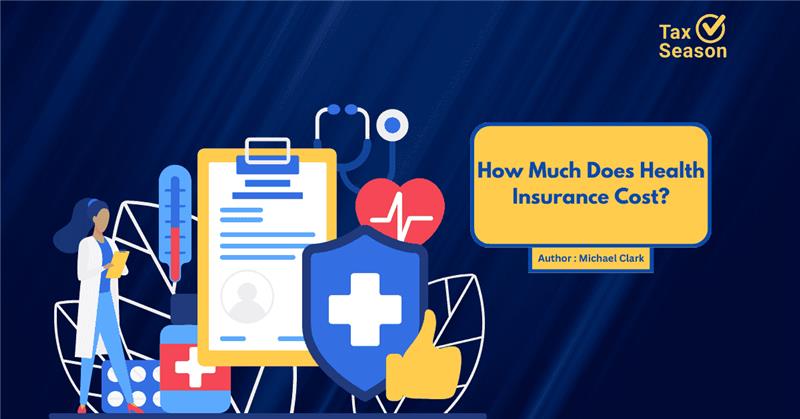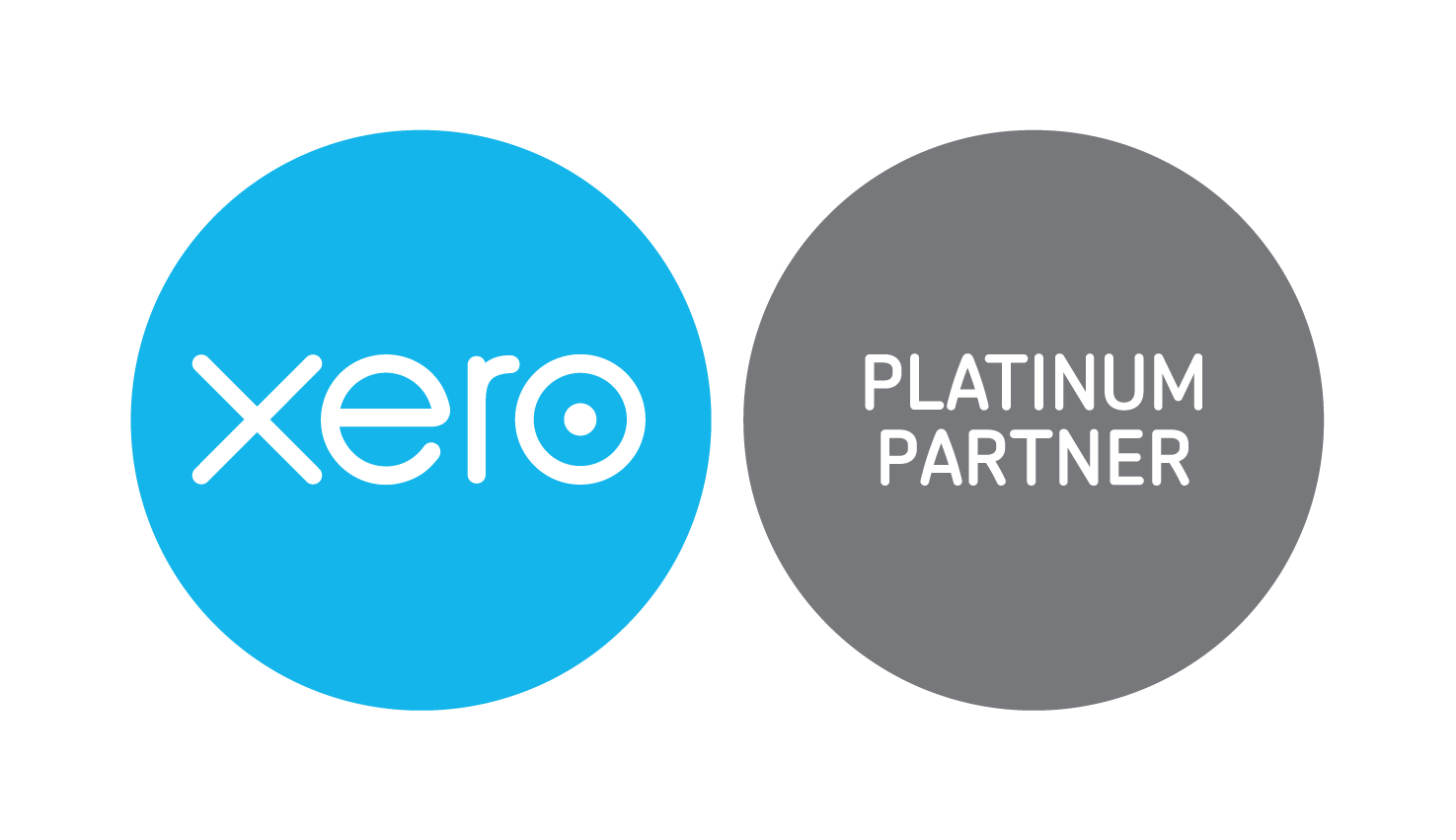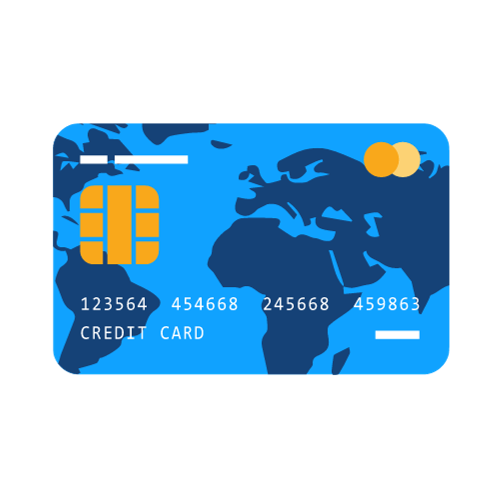
How much does Health Insurance Cost?
Health insurance costs can range from a few hundred dollars a month to well over a thousand, depending on your age, where you live, your income, and the type of plan you choose. Most individuals pay somewhere between a few hundred dollars a month for basic coverage, while families often pay much more.
The key is understanding what you are paying for and how each part of your plan affects your total cost.
Best accounting firms for small business
What Is Health Insurance?
Health insurance helps you pay for medical care so you don’t have to cover everything yourself. You pay a regular monthly amount called a premium, and in return your insurance helps with costs like:
-
Doctor visits
-
Hospital stays
-
Emergency care
-
Prescription medications
Without health insurance, even a short hospital stay or emergency room visit can create bills in the thousands. Health insurance acts like a financial safety net so that one unexpected illness does not turn into a long-term money problem.
Best CPA services in Tampa, FL, US
What Makes Up the Cost of Health Insurance?
Health insurance is not just about the monthly premium. Several moving parts affect how much you actually spend in a year:
-
Premiums
-
Deductibles
-
Copayments
-
Coinsurance
-
Out-of-pocket maximums
Premiums
Your premium is the amount you pay every month to keep your health plan active. It is like a subscription fee. You pay it whether you see a doctor or not.
Premiums depend on:
-
Your age
-
Where you live
-
Whether it’s an individual or family plan
-
Whether your employer pays part of the cost
Many individual plans fall in the range of around $300 to $600 per month for one person. Family plans can easily cross $1,000 to $1,500 per month or more, depending on coverage.
Deductibles
A deductible is the amount you pay out of pocket before your insurance starts to share costs.
Example: If your deductible is $2,000, you must pay the first $2,000 of covered medical expenses yourself. After that, your insurance begins to pay its portion.
Some plans have deductibles as low as $500. Others, especially high-deductible plans, can be $5,000–$7,000 or more. High-deductible plans usually come with lower monthly premiums but higher costs when you actually need care.
Copayments
A copayment (copay) is a fixed amount you pay each time you receive a specific service.
Examples:
-
$20–$40 for a primary care visit
-
$40–$80 for a specialist
-
$10–$30 for many generic prescriptions
-
$150–$300 or more for an emergency room visit
Copays usually apply even if you have not met your deductible yet, depending on the plan.
Coinsurance
Coinsurance is the percentage of the bill you pay after you have met your deductible.
Example: If your plan has 20% coinsurance and you receive a $1,000 hospital bill after your deductible is met, you pay $200 and the insurance company pays $800.
Some plans may charge:
-
10–20% coinsurance for basic services
-
20–30% or more for hospital stays or surgeries
Out-of-Pocket Maximums
Your out-of-pocket maximum is the highest amount you will pay for covered services in a plan year.
This includes:
-
Deductibles
-
Copays
-
Coinsurance
Once you hit this limit, your insurance pays 100% of covered services for the rest of the year.
Example: If your out-of-pocket maximum is $6,000 and you have already paid that much in covered medical costs, you should not pay any more for covered services that year. Plans with lower out-of-pocket limits usually have higher premiums because they protect you more from worst-case scenarios.
Top accounring firms for startups
What Are the Average Health Insurance Costs?
These are rough averages and can vary a lot by location and plan:
|
Type of Coverage |
Monthly Premium (Approx.) |
Annual Deductible (Approx.) |
|
Individual Plan |
$450 – $600 |
$4,000 – $6,000 |
|
Family Plan |
$1,150 – $1,750 |
$8,000 – $12,000 |
|
Employer-Sponsored (your share) |
$150 – $400 |
$1,500 – $3,000 |
For many people, employer-sponsored insurance is the cheapest option because the employer pays a big part of the premium.
What Factors Affect How Much Health Insurance Costs?
Health insurance prices are not the same for everyone. Your cost is shaped by several key factors:
-
Age : Older adults generally pay more because they are expected to use more healthcare.
-
Location : Some states and cities have higher medical costs, which makes insurance more expensive.
-
Plan type : HMO, PPO, and high-deductible plans all have different cost structures.
-
Tobacco use : Smokers usually pay more due to higher health risks.
-
Income : If your income is low or moderate, you may get financial help to lower your premium.
Understanding these factors helps you choose a plan that fits both your health needs and your budget.
How Employer-Sponsored Health Insurance Reduces Costs
Many people get health insurance through their job. This is often cheaper than buying a plan on your own because:
-
Employers typically pay 70–80% (sometimes more) of the premium
-
You pay your share with pre-tax income, which lowers your taxable income
As an employee, you might pay:
-
Around $150–$400 per month for individual coverage
-
More for family coverage, but still less than a similar plan bought privately
If your employer offers health insurance, it is usually worth looking at that option first.
What About Marketplace Plans?
If you do not have access to employer coverage, you can buy a plan through the Health Insurance Marketplace.
Plans are grouped into:
-
Bronze – Lower monthly premium, higher deductibles
-
Silver – Middle ground; often best for those who qualify for extra savings
-
Gold – Higher premiums, lower out-of-pocket costs
-
Platinum – Highest premiums, lowest costs when you use care
Example ranges:
|
Plan Type |
Monthly Premium (Approx.) |
Deductible (Approx.) |
|
Bronze |
$300 – $400 |
$6,000 – $8,000 |
|
Silver |
$400 – $600 |
$3,000 – $4,500 |
|
Gold |
$600 – $800 |
$1,500 – $2,500 |
|
Platinum |
$800+ |
Under $1,000 |
If your income qualifies, government subsidies can reduce your premium and sometimes your out-of-pocket costs, especially with Silver plans.
Are Short-Term Plans Really Cheaper?
Short-term health insurance can be an option if:
-
You are between jobs
-
You are waiting for new coverage to start
They often have premiums around $100–$300 per month, but:
-
They usually do not cover pre-existing conditions
-
They may not cover preventive care, maternity, or mental health
-
They can leave you exposed to high bills if something serious happens
Short-term plans are meant as a temporary backup, not a long-term solution.
How Premium Tax Credits and Subsidies Can Lower Your Costs
If you buy coverage through the Marketplace and have a low or moderate income, you may qualify for:
-
Premium Tax Credits – Lower your monthly premium
-
Cost-sharing reductions – Lower your deductible and copays (mainly on Silver plans)
This help is based on your income, family size, and where you live. A tax and accounting firm like SK Financial CPA can help you:
-
Estimate your eligibility
-
Avoid repaying excess credits at tax time
-
Understand how your health insurance and taxes work together
Many people do not use all the help available simply because they are not aware of it.
How Can You Save Money on Health Insurance?
A few simple strategies can make coverage more affordable:
-
Compare multiple plans during open enrollment instead of auto-renewing
-
Choose a high-deductible plan + HSA if you are generally healthy
-
Always stay in-network to avoid surprise bills
-
Use free preventive care (check-ups, vaccines, screenings) to catch problems early
-
Review your income and subsidy eligibility each year
Small decisions can add up to big savings over time.
Why Is Health Insurance Still Important if You’re Healthy?
It is easy to think, “I am healthy; I don’t need insurance.” But one emergency room visit or accident can cost thousands of dollars.
Examples:
-
A simple ER visit can be $1,500 or more
-
A hospital stay or surgery can easily reach $10,000–$30,000
Health insurance protects you from these sudden, large costs and helps you access care earlier instead of waiting until a small issue becomes serious.
Conclusion
It depends on your age, income, location, and the kind of plan you choose but it is never just about the monthly premium. Deductibles, copays, coinsurance, and out-of-pocket limits all shape what you truly pay in a year.
FAQs
1. What is the average cost of health insurance per month?
Most individuals pay around $450–$600 per month. Family plans often range from $1,100–$1,700 per month.
2. Why is my health insurance so expensive?
Costs increase due to age, location, plan type, medical inflation, and whether you smoke or have pre-existing conditions.
3. Does income affect how much I pay for health insurance?
Yes. If your income is low or moderate, you may qualify for subsidies that lower your monthly premium.
4. Is Marketplace insurance cheaper than private insurance?
Usually yes, because Marketplace plans can include tax credits that reduce your cost.
5. Do I pay more if I use my insurance often?
Your premium stays the same, but you may pay more in copays, deductibles, or coinsurance depending on your plan.
6. What is the cheapest type of health insurance plan?
Short-term plans and Bronze Marketplace plans have the lowest premiums but the highest out-of-pocket costs.
7. Is employer-sponsored health insurance cheaper?
Yes. Employers typically cover 70–80% of the premium, making it much cheaper than buying your own plan.
8. Can I get health insurance with no income?
Yes. You may qualify for Medicaid or zero-premium Marketplace plans, depending on your state and household size.
Follow SKFinancial on Facebook / Twitter / Linkedin / Youtube for updates.












